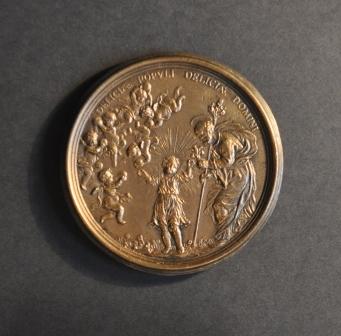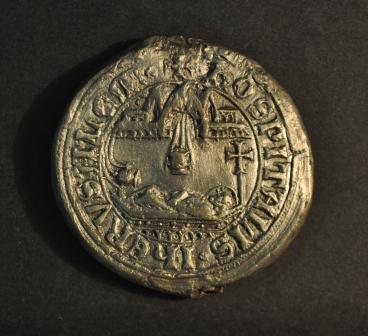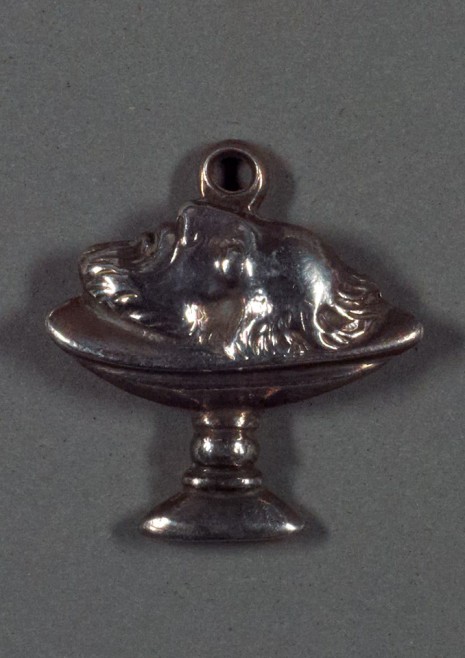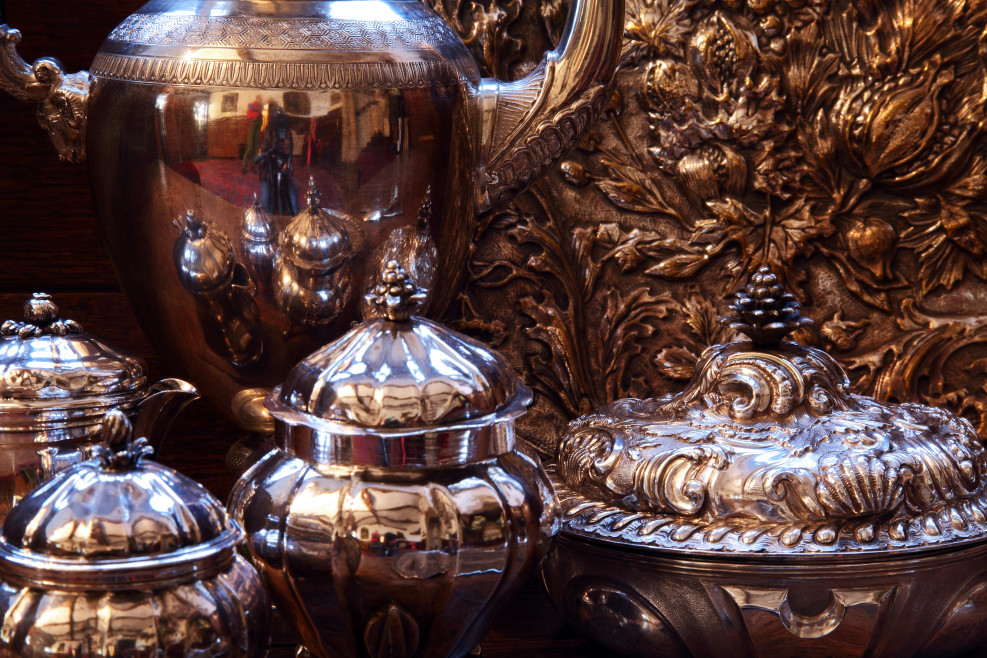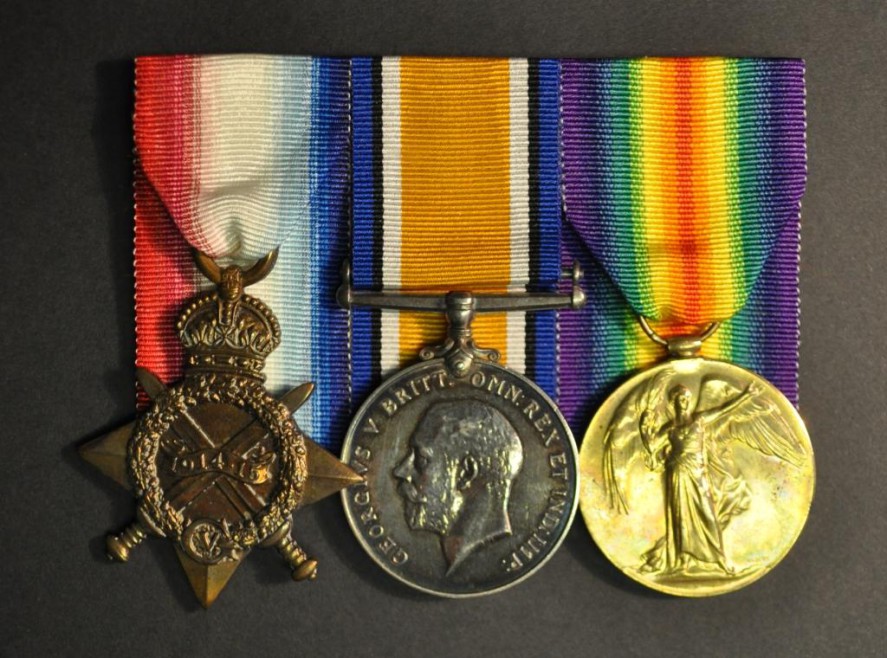Unlike what the title would suggest, there is no such thing as a typical day when working as a Collections Volunteer at a museum, especially at the Museum of the Order of St John. As the collection is so diverse, and is used in a variety of ways – static exhibitions, loans in and out, official ceremonies, educational demonstrations and talks, to name but a few – you cannot predict what you may be called upon to do on any given day.
The Collections Volunteer’s primary purpose is to assist the Museum’s Head of Heritage and Curator in their work with the collections. This often means that the Collections Volunteer will be one of the first people to see a new acquisition of the Museum. Before an object can be properly accepted into the Museum’s collection and used for exhibitions and other events, the object must be accessioned. This involves completing an Entry Form that details the object, its donor, and any special conditions for its storage or display. By signing the form, the donor gives the Museum legal responsibility over the object. At that point, we assign the object a unique identifying number, formally accessioning the item. This number always begins with the Museum’s code, LDOSJ, and the current year, which is followed by a sequential number based on how many donations the Museum has received that year. For example, the first donation we received this year was given the number LDOSJ 2015.1. The seventeenth donation that year would have the number LDOSJ 2015.17, and so on. That number is then attached the object in the least invasive way possible, often written on an acid-free label that is attached with string, and the object is put into one of our storage locations. As all the object’s details will have been put on the database, with a new record created for its specific number, we can easily identify and find the object again.
Often, in the capacity of the Collections Volunteer, you will be given a project of sorts to complete. These projects can take anywhere from one or two hours to months of work, depending on the scale of the task. Sometimes these projects will be led by a member of the Museum staff, with the Collections Volunteer providing support, others will be individual projects where the Collections Volunteer is expected to use their own skills and initiative. Fortunately, the Museum of the Order of St John is staffed by very friendly people, so help is always there when you need it!
An example of a short-term project would be responding to a query from a member of the public about an aspect of the Museum’s collections or the history of the Order of St John. The first port of call is MuseumPlus, the digital database system used by the Museum of the Order of St John to catalogue every object in the collection. At the time of writing, there are well over 40,000 records on MuseumPlus, so having the records digitised and, very importantly, searchable makes the life of a Collections Volunteer a lot easier. By searching the database, we can identify relevant objects and their location in storage or on display. We can then show the object to the visitor, if they have made their query in person or arranged to come in, or we can take photographs and provide information from the database if they have made their query by phone or email.
An example of a longer-term project would be what is known as a Collections Audit. This involves assessing a group of objects in the collection that are the same type – such as Coins, Armour, Medals, etc. – and making sure that our physical and digital records for each object are as accurate and up-to-date as possible. A recent addition to the auditing process at the Museum of the Order of St John has been taking high-resolution photographs of each object and storing the images on a shared drive that can be accessed from any computer in the Museum building. If the object is small enough, the camera is fixed to a downward-facing stand, which makes it easier to take a photograph without the camera shaking or becoming unfocused. As some object types in our collections number in the hundreds or thousands, these audits can take a long time to complete, but the end result is a much more comprehensive and helpful database of the Museum’s collections, which allows the Museum team as a whole to make best use of the collections for a multitude of purposes.
So, as you can see, no two days are actually the same when working as a Collections volunteer. The work is often demanding, repetitive or difficult, but also fascinating and rewarding. Working as a Collections Volunteer allows you to encounter all aspects of the Museum’s collection, where you can find many weird and wonderful things – I am particularly fond of the piggy banks in the shape of a St John Ambulance – and learn so much about the history of the Order and of St John Ambulance. It is always unpredictable, and always tremendous fun.



